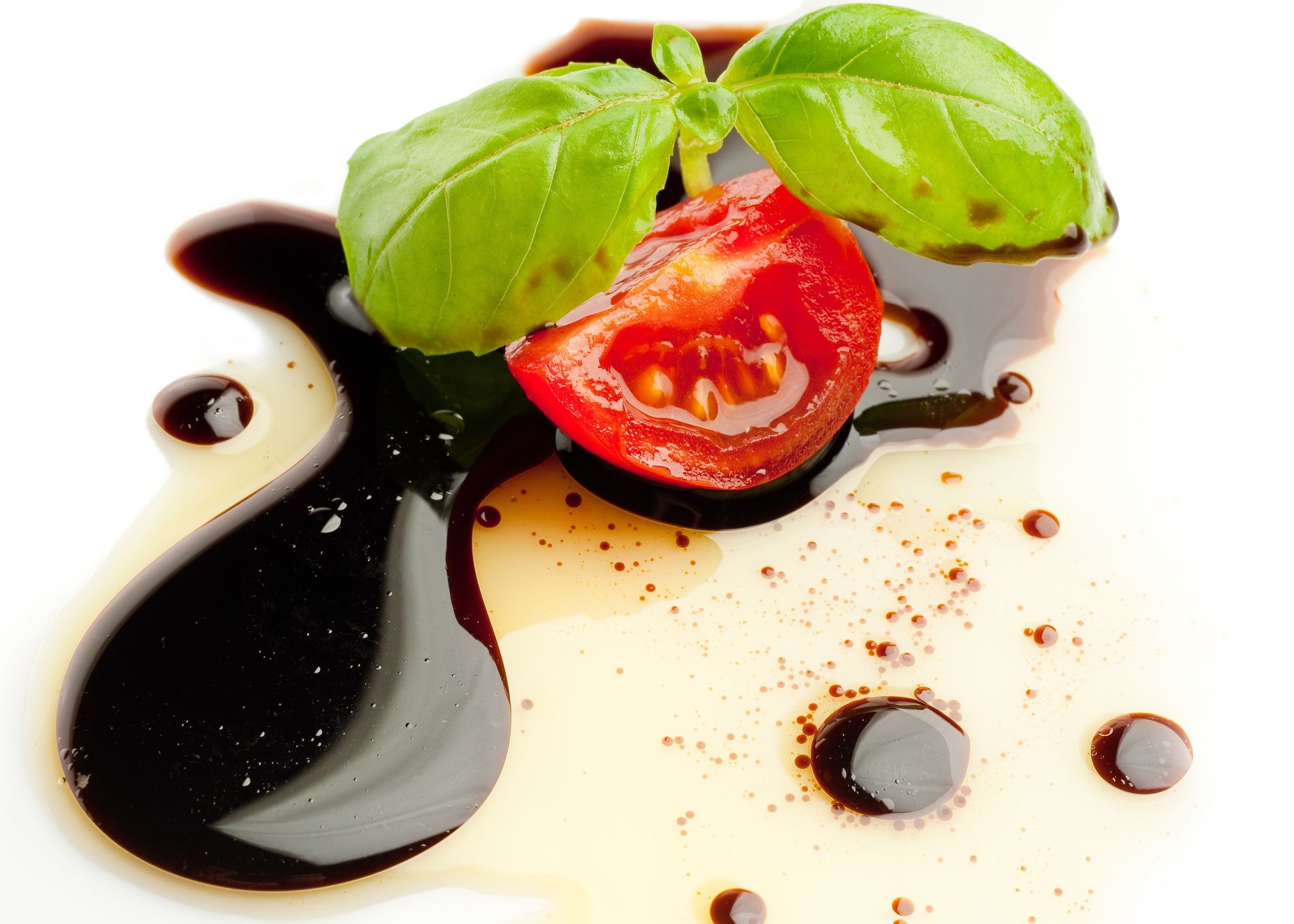
There have always been different types of vinegar made from grape must in Modena, which have developed in accordance with the history of various recipes, different methods of preparation and aging. The origin of these products dates back to ancient Roman traditions.
The term balsamic is relatively young, however, and was used for the first time in the ducal inventory registers of Este Palace in Modena in 1747 and the name was probably derived from the therapeutic uses of the vinegar at that time.
With the birth of the Italian State, the markets showed more and more interest in balsamic vinegar, and considerable historical and bibliographical research was carried out with regard to this product, which timidly emerged from behind the secrecy and rituals of the vinegar makers to achieve great success.
In 1839 Count Giorgio Gallesio stopped by to visit his friend Conte Salimbeni’s residence in Nonantola to study the variety of grapes and wines used around Modena. He was so struck and intrigued by his friend’s family vinegar cellar that he spent several days studying the production techniques.
His handwritten notes, discovered in 1993 in Washington in the United States, constitute the oldest documents describing the rules for producing vinegar in Modena.
At the end of the nineteenth century, balsamic vinegar from Modena began to appear in the most important trade events, arousing great interest both locally and nationally.
In 1994 the producers took the initiative to protect and improve the product specifications and, above all, to safeguard the correct use of the designation in trade and consumption.
The aim of their efforts is primarily to ensure compliance with the code of conduct dictated by local custom, and this has resulted in the production standards overseen by the Consortium.
The Product
Aceto Balsamico di Modena IGP (Protected Geographical Indication) is made from grape must, a percentage of which is composed of vinegar that has aged for at least ten years and at least 10% is vinegar obtained through the acetification of wine.
The grape musts must come from 7 particular varietals indicated by the specifications: Lambruschi, Sangiovese, Trebbiani, Albana, Ancellotta, Fortana, and Montuni.
Caramel may be added to stabilise the colour, provided it constitutes no more than 2% of the volume of the finished product. Aceto Balsamico di Modena IGP must be processed according to the customary acetification method using selected bacterial colonies or the established lenta in superficie (slow surface) or lenta a truciolo (slow wood shavings) methods of acetification, followed by aging.
In any case, the acetification and aging take place in containers made of precious woods, such as oak, sessile oak, chestnut, mulberry and juniper, over a period of at least 60 days, starting from the date in which the raw ingredients ready to be processed are put together.
Certain stages are required to take place in the geographical area of origin, i.e. the provinces of Modena and Reggio Emilia, and these are the assembly of the raw ingredients, processing and refining and/or aging in wooden containers.
The product can be packaged outside the designated production zone.
The Local Area
Production of Aceto Balsamico di Modena IGP is carried out in the administrative territory of the provinces of Modena and Reggio Emilia.
Its existence is closely linked to the knowledge, traditions and skills of the local people, which gave rise to an exclusive product that is typical of these areas.
Aceto Balsamico di Modena IGP has become part of the social and economic fabric of this region, and is now a source of income for many producers and an integral part of the culinary tradition, as it is a key ingredient in countless local recipes. As a specific and special product, over time it has gained notoriety and a solid reputation throughout the world, thanks to which consumers connect the experience of the product to the gastronomic quality of the two provinces in Emilia.
By Consorzio Aceto Balsamico di Modena



